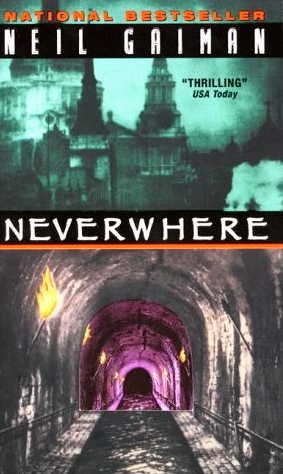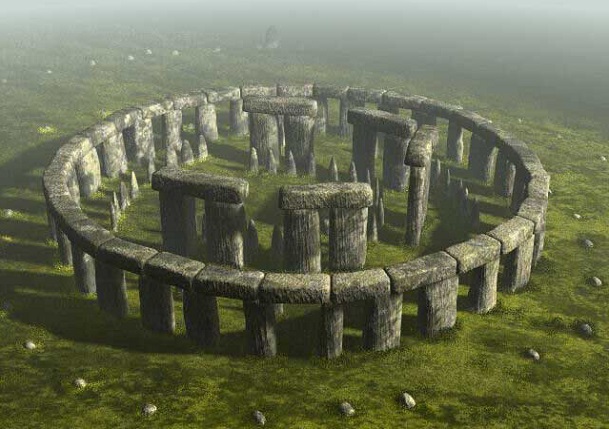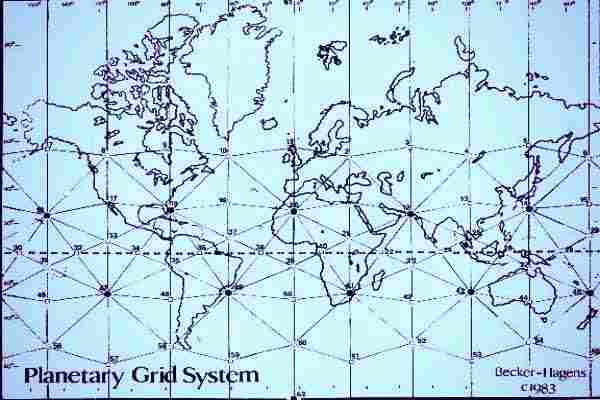Portals of London
Towards a catalogue of London’s inter-dimensional gateways
Welcome
Important: This blog is not a user’s guide.
It is unclear why London is such a centre for interdimensional portals. From doors between worlds to spacetime-crunching wormholes, the city’s fabric, dimensionally speaking, seems to be uniquely porous.
But if there’s one thing more striking than the number and diversity of portals in the UK’s capital, it’s the strength of the almost wilful effort by London’s inhabitants to forget that these gateways exist at all.
There are signs that this is changing, however. We have been surprised and gladdened by the amount of people we’ve met who explore, discuss, research and yes, sometimes even use London’s portals. In fact, if it wasn’t for the shared knowledge of this network of portologists, this project may never have begun. Perhaps PoL is carried by the crest of a resurgent wave of interest in the city’s gateways.
This blog is an attempt to collect stories of these phenomena – be they historical or contemporary, well-documented or shrouded in myth – in the hope that one day a comprehensive catalogue or encyclopedia can be put together. Posts will range from relatively well-known portal history, like the electrically powered 19th Century craze for ‘world doors’ or the 1980s academic renaissance, to re-examining local folk tales, historical sources and obscure news stories, in the light of modern-day portal knowledge.
It is important to note that posts won’t always recount dyed-in-the-wool cases of interdimensional openings. By including speculative examples and highlighting curious anomalies in the accepted reality of our city, we hope to pique the interest of those who have the time and skills to dig around and see what’s there.
There are a lot of stories to tell, but we at PoL also have responsibilities here in ‘base’ London. We hope to post at least once a fortnight. Sometimes this will be just a few photos, or a few words, other times we will have gotten the chance to delve a little deeper into a story.
It’s an incredible history – best of all, it’s ongoing. We hope you enjoy reading the posts, please remember this blog does not claim to be a user’s guide, and if there’s anything you know that we don’t, please do get in touch.

Towards a catalogue of London’s inter-dimensional gateways
Welcome
Important: This blog is not a user’s guide.
It is unclear why London is such a centre for interdimensional portals. From doors between worlds to spacetime-crunching wormholes, the city’s fabric, dimensionally speaking, seems to be uniquely porous.
But if there’s one thing more striking than the number and diversity of portals in the UK’s capital, it’s the strength of the almost wilful effort by London’s inhabitants to forget that these gateways exist at all.
There are signs that this is changing, however. We have been surprised and gladdened by the amount of people we’ve met who explore, discuss, research and yes, sometimes even use London’s portals. In fact, if it wasn’t for the shared knowledge of this network of portologists, this project may never have begun. Perhaps PoL is carried by the crest of a resurgent wave of interest in the city’s gateways.
This blog is an attempt to collect stories of these phenomena – be they historical or contemporary, well-documented or shrouded in myth – in the hope that one day a comprehensive catalogue or encyclopedia can be put together. Posts will range from relatively well-known portal history, like the electrically powered 19th Century craze for ‘world doors’ or the 1980s academic renaissance, to re-examining local folk tales, historical sources and obscure news stories, in the light of modern-day portal knowledge.
It is important to note that posts won’t always recount dyed-in-the-wool cases of interdimensional openings. By including speculative examples and highlighting curious anomalies in the accepted reality of our city, we hope to pique the interest of those who have the time and skills to dig around and see what’s there.
There are a lot of stories to tell, but we at PoL also have responsibilities here in ‘base’ London. We hope to post at least once a fortnight. Sometimes this will be just a few photos, or a few words, other times we will have gotten the chance to delve a little deeper into a story.
It’s an incredible history – best of all, it’s ongoing. We hope you enjoy reading the posts, please remember this blog does not claim to be a user’s guide, and if there’s anything you know that we don’t, please do get in touch.
Under river, outside time: The Woolwich Foot Tunnel Anomaly

When the Woolwich foot tunnel closed for repairs in 2011, it should have been a routine job. The pathway had been providing pedestrians with a quick route beneath the Thames since 1912. A century on, a few minor improvements were necessary. Contractors were hired to plug holes, improve access and bring communications capabilities into the 21st Century: swapping leaky tiles for a leaky feeder.
But Woolwich residents will recall that the refurb of this much loved and much used walkway did not go according to plan. When it finally re-opened it was 8 months behind schedule, having been closed for more than a year and a half. What the average Woolwich dweller doesn’t know, however, are the unusual circumstances behind this delay.
Part of the works were to update the lifts
Mention the 18 month time frame to someone who worked on the Woolwich Tunnel job and you may be met with a mysterious smile. A year and a half may have seemed a long time to those who relied on the tunnel for their daily commute. But for those who were down there beneath the river, that time-frame has a different meaning. When one contractor tells me he aged 3 years on the Woolwich job, it is not a metaphor. For, deep down beneath river and clay, hidden from those above ground, something was occurring. That something was a time anomaly.
A time anomaly, from the perspective of someone who experiences it, involves a clearly defined part of landscape or architecture, in which time ‘stops’. Years of study into such phenomena has proved largely fruitless in terms of explanations. And even less so when it comes to predicting when and where they might arise. There is some anecdotal evidence that temporary spaces, or spaces temporarily under a different use, lend themselves to time anomalies, and the Woolwich event would appear to support this.

Under river, outside time: The Woolwich Foot Tunnel Anomaly
When the Woolwich foot tunnel closed for repairs in 2011, it should have been a routine job. The pathway had been providing pedestrians with a quick route beneath the Thames since 1912. A century o…portalsoflondon.com

Last edited:






















